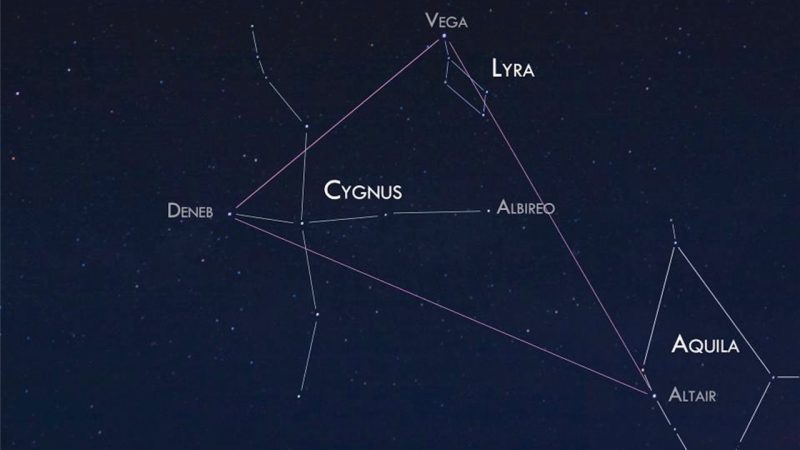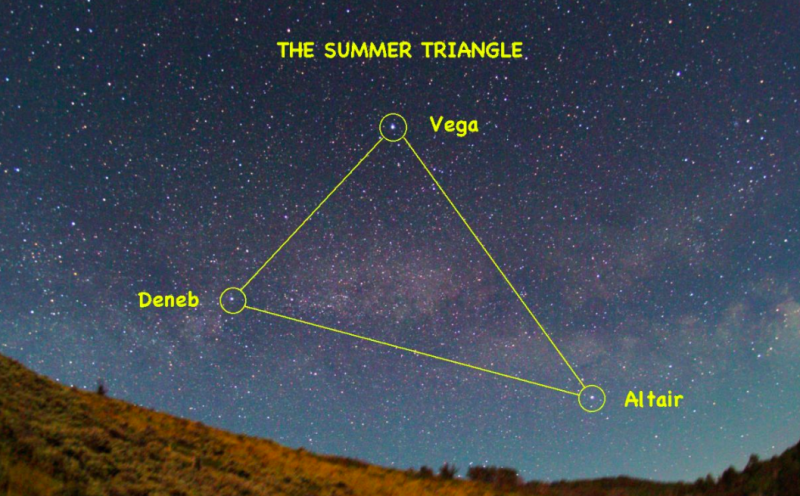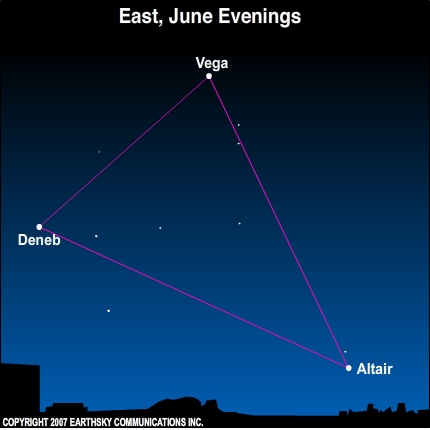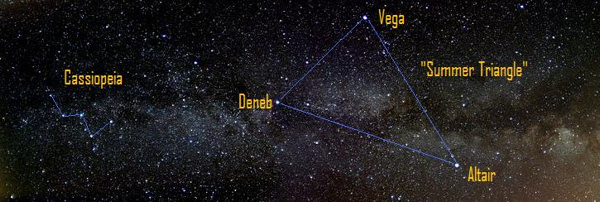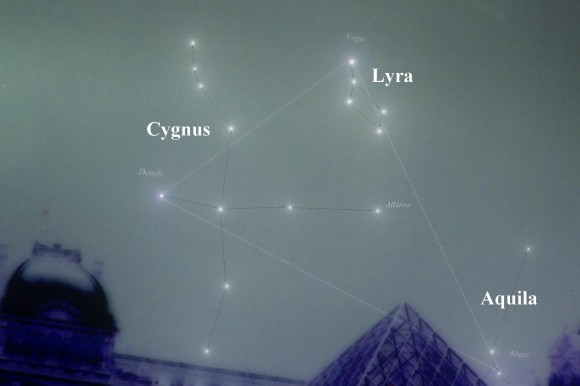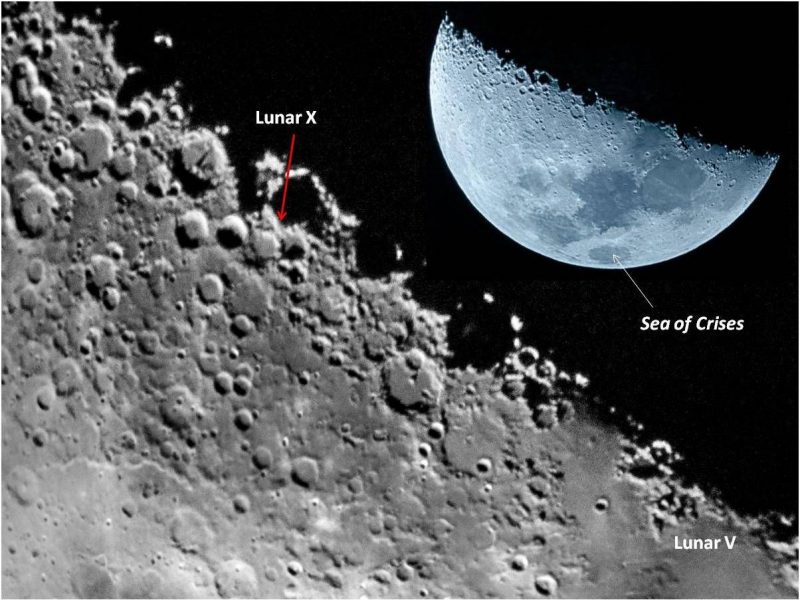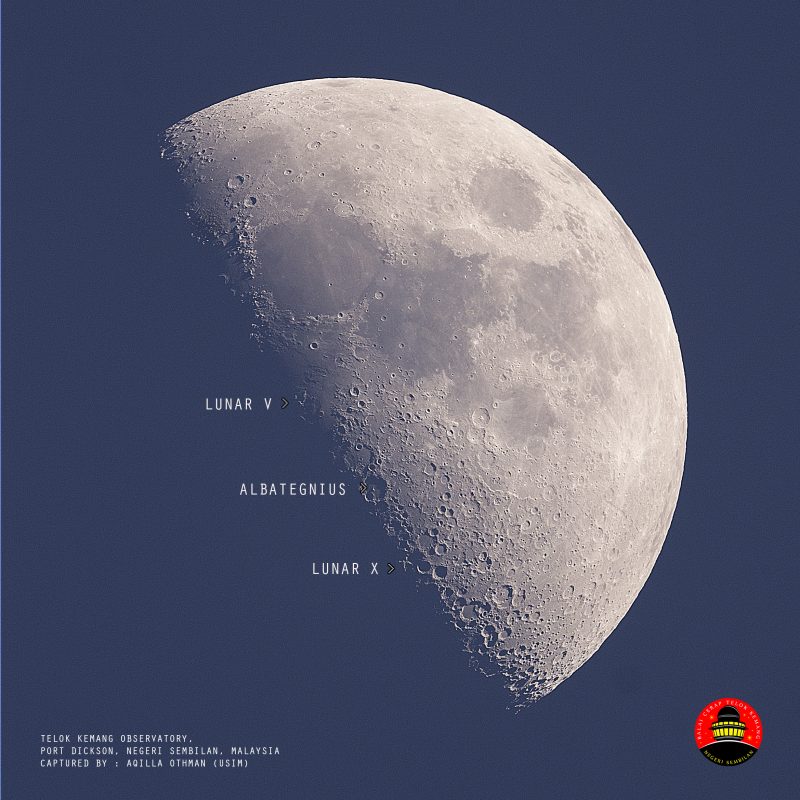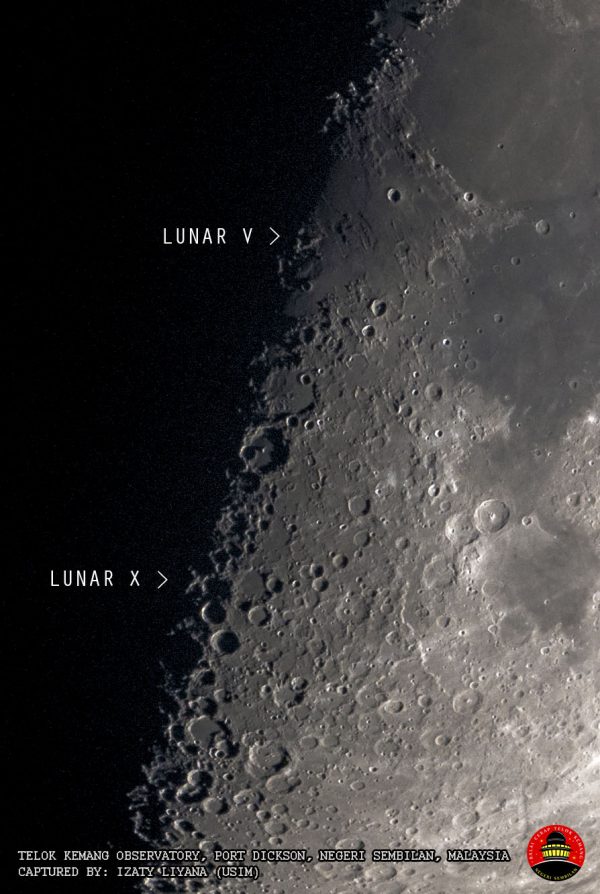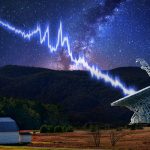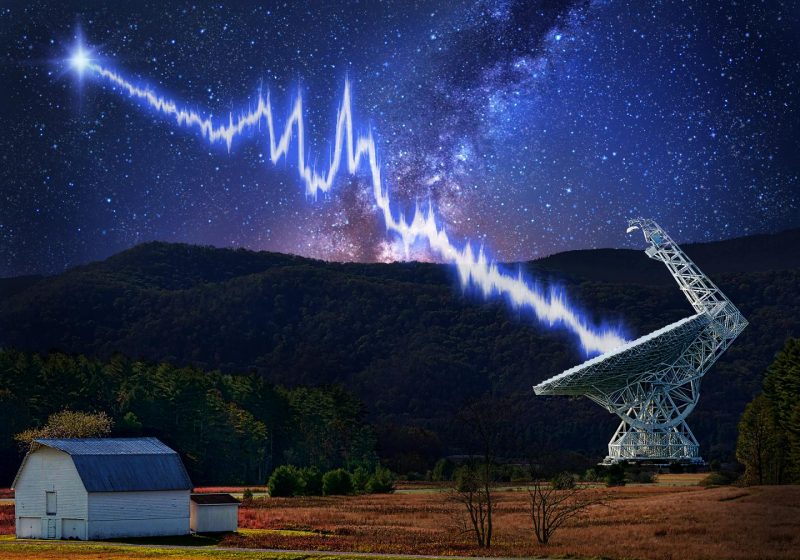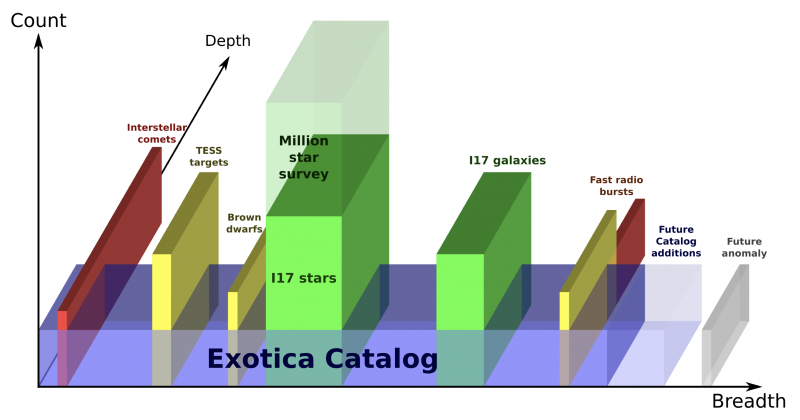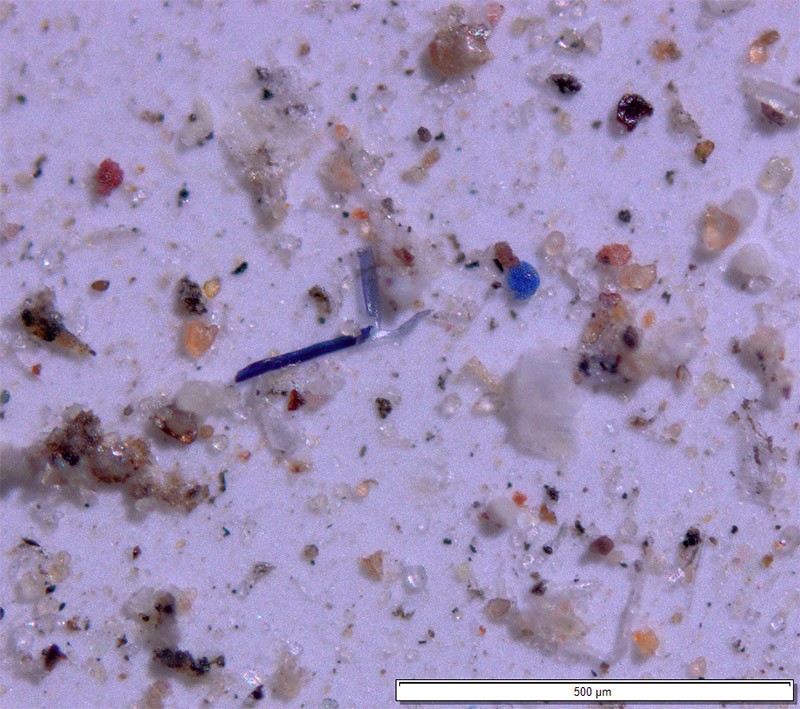
Earlier this month, Public Health England published a long-awaited report on how factors like age, ethnicity and sex are linked to a person’s risk of COVID-19.
The report confirmed what many news headlines had already implied – that COVID-19 is disproportionately affecting Black, Asian and minority ethnic (BAME) communities, and seems to be exacerbating many other existing health inequalities too.
And while a follow-up report has gone into more detail about why inequalities might exist between ethnic groups, there are still some unanswered questions.
We spoke to Anisha and Alfred about the latest findings.
Anisha: “We need to deal with health inequalities”

Anisha wearing PPE for a clinic.
Anisha, a GP who has had bowel cancer, was concerned when the COVID-19 figures started to come out. “As someone who is BAME and working in the frontline of the health service I thought, how scared should I be?”
A particular worry for Anisha was that, after being diagnosed with bowel cancer in September 2018, some of her cancer treatment could make her more vulnerable to the virus. “As I am of Asian origin and have had cancer treatment myself not so long ago, I did think whether I should be working, but only for a split-second. This is my job and I want to be here.”
And it’s not just Anisha who’s worried, the headlines about increased risk of COVID-19 are creating huge anxiety in Black, Asian and other minority ethnic communities.
“There are so many unknowns about what is going on. Is it related to genetics? Vitamin D? Is it cultural or socio-economic? Is it due to barriers to health messages?
“There was talk in the latest government report of issues like people not asking for PPE. The answers are going to be so complex.”
But even though the figures have so far raised more questions than they’ve answered, Anisha feels it’s important to get them out there.
“The reason that we can even ask some of these questions is because of the statistics that are coming out around COVID-19 – these statistics are being monitored so closely for so many reasons, and health inequalities are being highlighted immediately.”
The next step for Anisha is for governments and health services to learn from them. “As a GP, I am a health provider, and we need to deal with health inequalities – it’s our job.”
“Within BAME communities, we know that there can be different challenges around health messaging, and extra work is needed on education.
“There can be stigma around certain illnesses, and around treatments, lack of knowledge of symptoms, and fear, as well as generational attitudes to talking about health. These may lead to later diagnosis of a wide range of illnesses, including cancer.”
And while, as a disease, COVID-19 is very different to cancer, Anisha thinks that it shows how much work is needed to break down these inequalities.
“The fact that we are even talking about these issues is a good thing – it is something that has needed to change.”
Alfred: “As a Black man with advanced prostate cancer, who wouldn’t be worried?”

Alfred on one of his daily walks during the COVID-19 pandemic.
Alfred is having treatment for advanced prostate cancer. “I had to go into hospital during lockdown because I was feeling unwell and needed to be checked out. I was given a COVID-19 test and, when it came back as clear, I was so relieved.”
“As a Black man with advanced prostate cancer, and hearing all the stats since the start of COVID-19, who wouldn’t be worried?”
Alfred says that while the COVID-19 test results provided some relief, the concern lingers. “With the lockdown relaxing, I am so worried about further waves of COVID-19.”
“I have heard so many people in BAME communities who have been affected by COVID-19. It has spread so much fear.”
Like Anisha, Alfred has questions about the figures. “The COVID-19 statistics are showing problems, but they need to be investigated further. Are there specific cultural issues that are important within those groups too? We have not got to the bottom of the causation. There are more questions.”
And for Alfred, it’s bigger than COVID-19. “When I was in hospital, a doctor was talking about people coming to hospital being diagnosed with cancer later. It was a reminder that cancer has not gone away, and the inequalities within BAME communities exist in cancer too.”
He’s concerned that further waves of COVID-19 could compound issues. “BAME people could be more affected, and they could also be more affected by the backlog in cancer too – how many more things do we need to deal with?”
“When it comes to health messaging, there are trust issues. Whether it’s from Number 10, the Department of Health or charities, health advice needs to be backed up by investment in reaching communities. You have to listen to people who have experience of communities and harness these experiences to make an impact.”
For Alfred, working with people from different communities is essential to health initiatives. “Whether that’s about COVID-19 or cancer, if you aren’t doing it right, you won’t get far.”
Tom Bourton is a media volunteer liaison manager at Cancer Research UK
Thanks to Anisha and Alfred for sharing their experiences with our Media Volunteer Liaison team. Anisha is also on Instagram as @doctorsgetcancertoo
If you would like to share your story with us, please visit our website. And if you have questions about cancer, you can talk to our nurses Monday to Friday, 9-5pm, on freephone 0808 800 4040.
Read more from us:
from Cancer Research UK – Science blog https://ift.tt/2Vh7q5q

Earlier this month, Public Health England published a long-awaited report on how factors like age, ethnicity and sex are linked to a person’s risk of COVID-19.
The report confirmed what many news headlines had already implied – that COVID-19 is disproportionately affecting Black, Asian and minority ethnic (BAME) communities, and seems to be exacerbating many other existing health inequalities too.
And while a follow-up report has gone into more detail about why inequalities might exist between ethnic groups, there are still some unanswered questions.
We spoke to Anisha and Alfred about the latest findings.
Anisha: “We need to deal with health inequalities”

Anisha wearing PPE for a clinic.
Anisha, a GP who has had bowel cancer, was concerned when the COVID-19 figures started to come out. “As someone who is BAME and working in the frontline of the health service I thought, how scared should I be?”
A particular worry for Anisha was that, after being diagnosed with bowel cancer in September 2018, some of her cancer treatment could make her more vulnerable to the virus. “As I am of Asian origin and have had cancer treatment myself not so long ago, I did think whether I should be working, but only for a split-second. This is my job and I want to be here.”
And it’s not just Anisha who’s worried, the headlines about increased risk of COVID-19 are creating huge anxiety in Black, Asian and other minority ethnic communities.
“There are so many unknowns about what is going on. Is it related to genetics? Vitamin D? Is it cultural or socio-economic? Is it due to barriers to health messages?
“There was talk in the latest government report of issues like people not asking for PPE. The answers are going to be so complex.”
But even though the figures have so far raised more questions than they’ve answered, Anisha feels it’s important to get them out there.
“The reason that we can even ask some of these questions is because of the statistics that are coming out around COVID-19 – these statistics are being monitored so closely for so many reasons, and health inequalities are being highlighted immediately.”
The next step for Anisha is for governments and health services to learn from them. “As a GP, I am a health provider, and we need to deal with health inequalities – it’s our job.”
“Within BAME communities, we know that there can be different challenges around health messaging, and extra work is needed on education.
“There can be stigma around certain illnesses, and around treatments, lack of knowledge of symptoms, and fear, as well as generational attitudes to talking about health. These may lead to later diagnosis of a wide range of illnesses, including cancer.”
And while, as a disease, COVID-19 is very different to cancer, Anisha thinks that it shows how much work is needed to break down these inequalities.
“The fact that we are even talking about these issues is a good thing – it is something that has needed to change.”
Alfred: “As a Black man with advanced prostate cancer, who wouldn’t be worried?”

Alfred on one of his daily walks during the COVID-19 pandemic.
Alfred is having treatment for advanced prostate cancer. “I had to go into hospital during lockdown because I was feeling unwell and needed to be checked out. I was given a COVID-19 test and, when it came back as clear, I was so relieved.”
“As a Black man with advanced prostate cancer, and hearing all the stats since the start of COVID-19, who wouldn’t be worried?”
Alfred says that while the COVID-19 test results provided some relief, the concern lingers. “With the lockdown relaxing, I am so worried about further waves of COVID-19.”
“I have heard so many people in BAME communities who have been affected by COVID-19. It has spread so much fear.”
Like Anisha, Alfred has questions about the figures. “The COVID-19 statistics are showing problems, but they need to be investigated further. Are there specific cultural issues that are important within those groups too? We have not got to the bottom of the causation. There are more questions.”
And for Alfred, it’s bigger than COVID-19. “When I was in hospital, a doctor was talking about people coming to hospital being diagnosed with cancer later. It was a reminder that cancer has not gone away, and the inequalities within BAME communities exist in cancer too.”
He’s concerned that further waves of COVID-19 could compound issues. “BAME people could be more affected, and they could also be more affected by the backlog in cancer too – how many more things do we need to deal with?”
“When it comes to health messaging, there are trust issues. Whether it’s from Number 10, the Department of Health or charities, health advice needs to be backed up by investment in reaching communities. You have to listen to people who have experience of communities and harness these experiences to make an impact.”
For Alfred, working with people from different communities is essential to health initiatives. “Whether that’s about COVID-19 or cancer, if you aren’t doing it right, you won’t get far.”
Tom Bourton is a media volunteer liaison manager at Cancer Research UK
Thanks to Anisha and Alfred for sharing their experiences with our Media Volunteer Liaison team. Anisha is also on Instagram as @doctorsgetcancertoo
If you would like to share your story with us, please visit our website. And if you have questions about cancer, you can talk to our nurses Monday to Friday, 9-5pm, on freephone 0808 800 4040.
Read more from us:
from Cancer Research UK – Science blog https://ift.tt/2Vh7q5q

